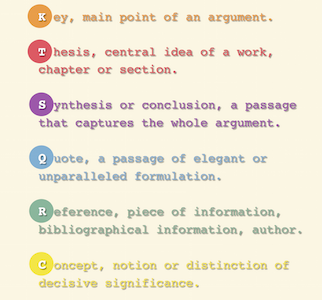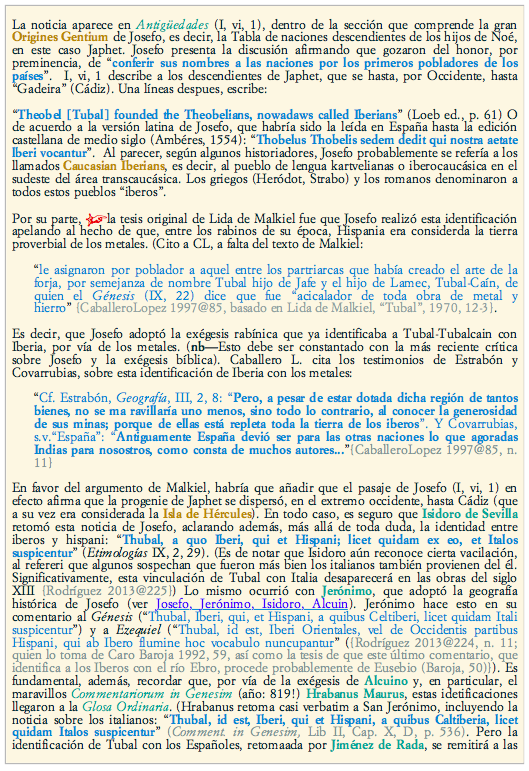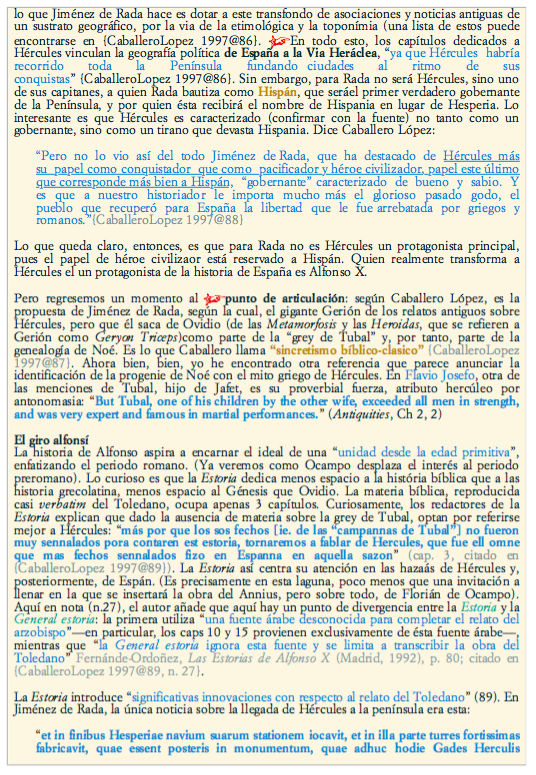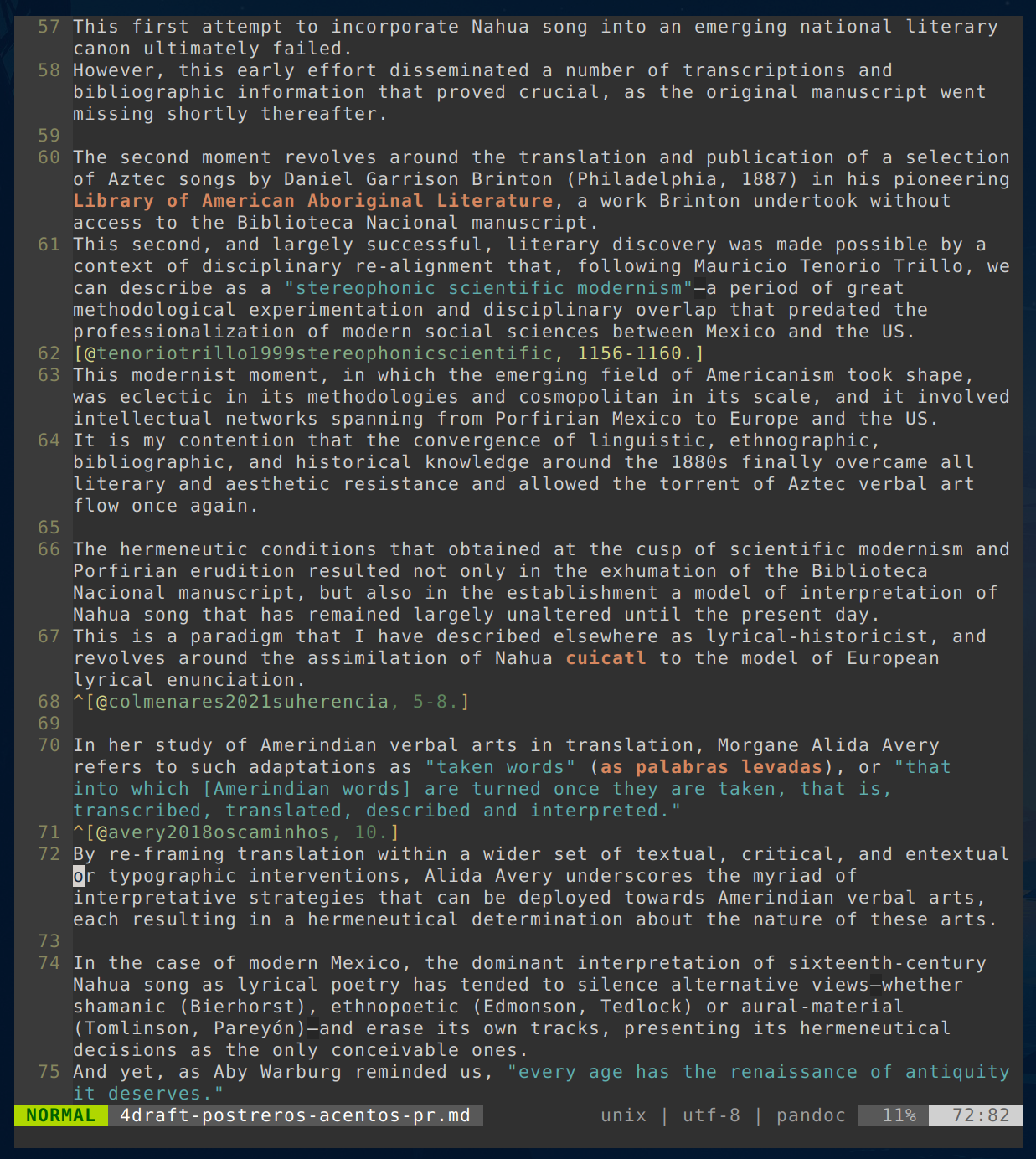I have used a color code in my hand-written notes since grad school. I experimented with several “syntax highlighting” schemes (i.e. definitions of what should be highlighted, such as quotes, references, concepts, etc. ), as well as a color palette to reflect the syntax. These palettes have ranged from as many as five colors, which of course was unwieldy, to a minimum of two, which I still tend to use when writing with fountain pens.
Here’s a detailed scheme that I used for several years, already inspired by the famous Solarized theme:

When I was writing my dissertation, I used the same color code in my hand-written notes and in RTF text files, which in retrospect sounds maddening: I had to manually edit the color attribute of every string. The thing quickly got out of hand and became utterly impractical. Here are a few examples:


I eventually stopped hand-coloring Rich Text Format files, but to this day I use a simplified color coding in my notebooks.
Here is a more recent example with a minimal color coding:

Enter Vim
When I adopted Markdown + Pandoc in 2017, and then learned to use Vim, I abandoned my old color code scheme and settled for Vim-Panoc’s beautiful syntax highlighting. (I kept using it, though, in my hand-written notes.) The structured text that this creates by default is good enough, and preserves the immense advantage of color coding, which is to allow you to identify semantically relevant fields at a glance, even if most of these have to do with the Markdown syntax (an exception to this is the default coloring of strings of text in cursive, which tend to be titles; text within footnotes; and block quotes.)
But I recently decided to try my hand at enriching Vim-Pandoc syntax highlighting with some custom definitions that recover part of my original color code.
In my hand notes, I always use a different ink (generally blue) to indicate quoted words; words that are not mine and that I want to be able to spot at a glance.
This should be easy, considering that quoted text is conventionally written… surrounded by quotes.
So after a few hours tinkering with Vim I was able to have this working custom syntax added to the standard (and excellent) Vim-Pandoc-Syntax.
The key is to add these rules to a new file: ~/.vim/after/syntax/pandoc.vim, which Vim reads after having read the standard pandoc syntax script.

These commands simply define a new highlighting group (inlineQuote) based on a simple regex, and then assign it the highlighting color Constant, which looks good in most colorschemes (here I’m using Junegunn´s Seoul).
The result is a beautiful combination of markdown syntax highlighting (using the Vim’s conceal function) plus the fundamental element of my old color code: anything that is a quoted text should be in a different color. Notice also all text in cursive (including book titles and words in a foreign language) highlighted in orange.

ToDo
- Simplify regex as much as possible, have it ignore the actual quote signs, and try to avoid potential conflict with Markdown’s footnote syntax.
- Maybe implement a highlighting group that identifies proper names (technically, two or three words in a row that begin with a capital letter), the second most important element of my note-taking color code.